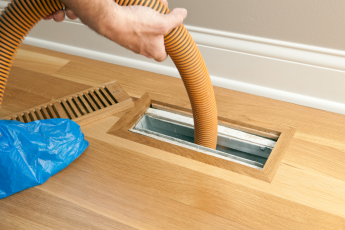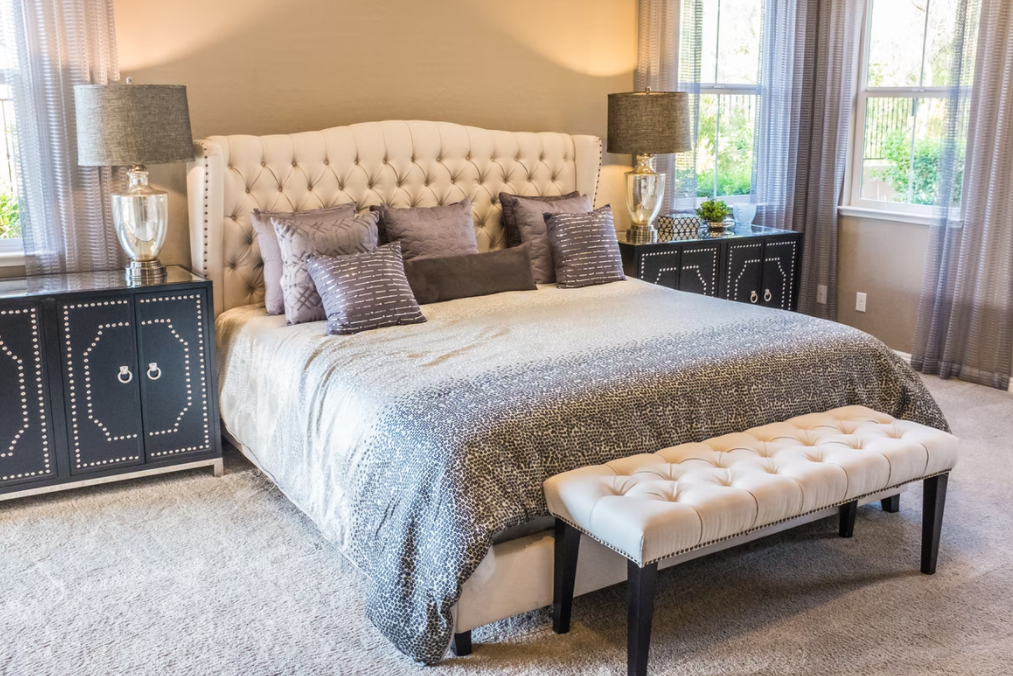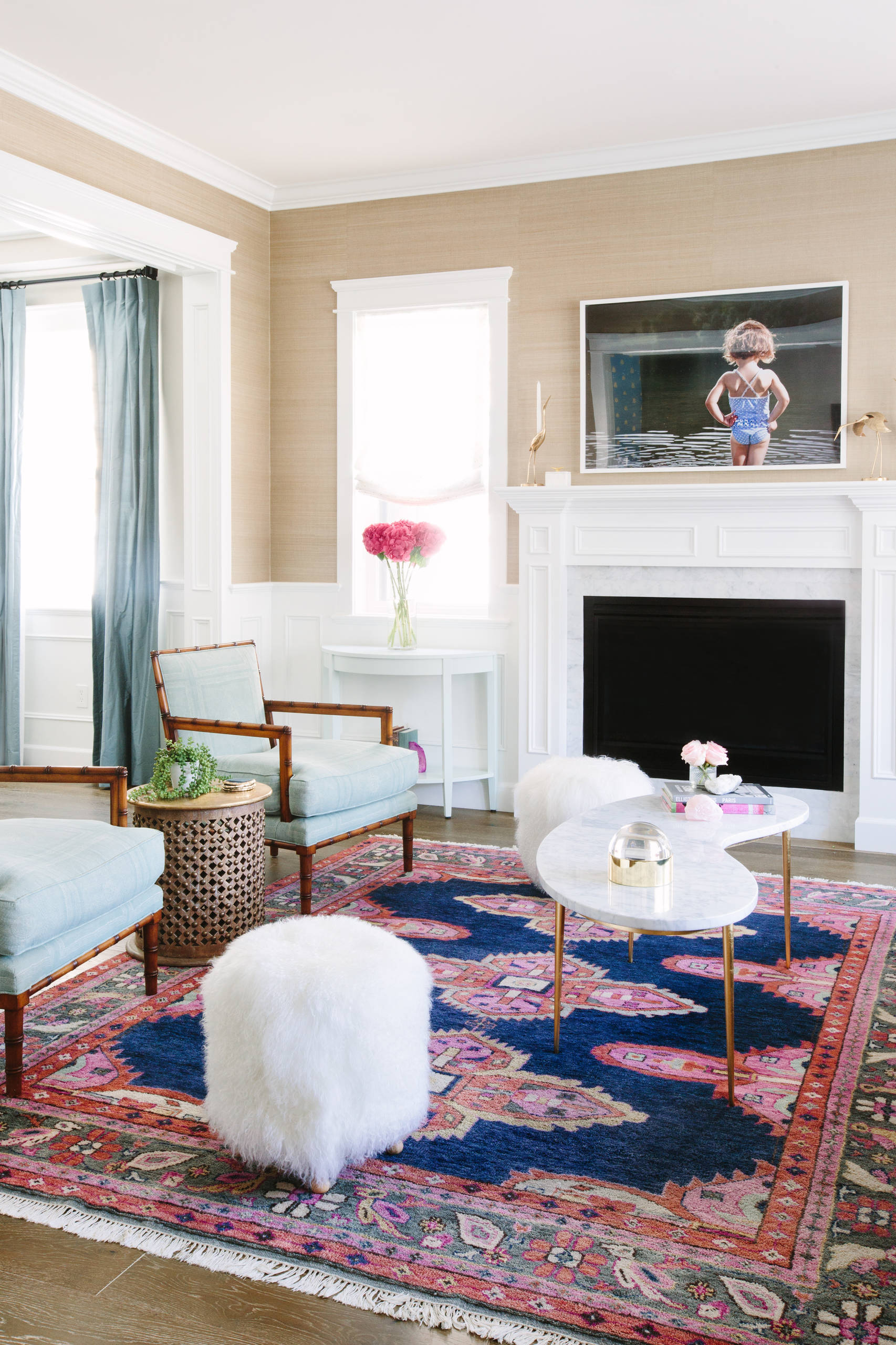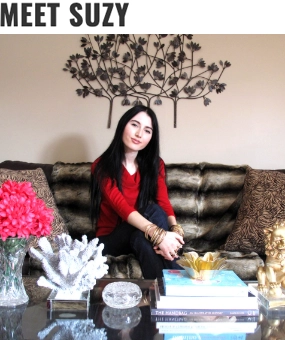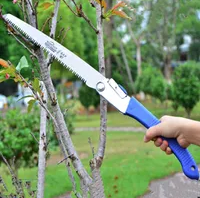From Chaos to Clean: 6 Secrets To Creating Order in Your Home
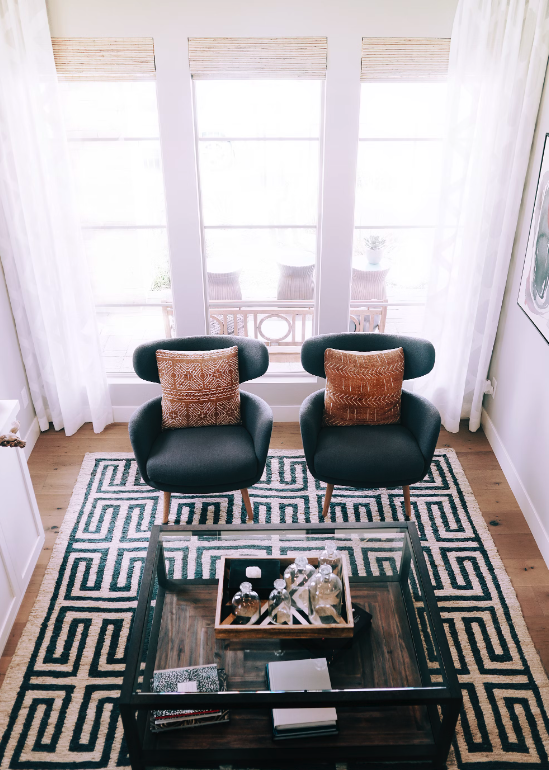
Transform your home from overwhelming mess to peaceful sanctuary with these 6 powerful secrets to creating lasting order and calm!

There’s mess, and then there’s mayhem. A chair covered in clothes? Manageable. A drawer filled with miscellaneous cables, batteries (flat and full), expired pens, coins from at least three continents, and two unknown keys? That’s a warning sign. When clutter takes over, it doesn’t just sit there looking smug—it steals your time, eats your energy, and quietly chips away at your calm.
But order is possible. Not perfection. Not Instagram-worthy minimalism with three ceramic bowls and a single fiddle leaf fig. Just order. Systems that work, spaces that breathe, and a home that lets you exhale a little more deeply when you walk through the door.
Let’s start with a secret hiding in plain sight: self storage units. Not the beige-box sort you forget about. The good kind. The kind that quietly support your sanity by giving you an off-site home for all the bulky bits of life you need—but don’t need right now. Think seasonal gear, baby gear, camping gear, backup chairs, and boxes of sentimentally ambiguous miscellanea you’re not quite ready to face. You don’t have to part with it. Just park it elsewhere and reclaim your floor space.
From there, it’s less about Pinterest perfection and more about small, satisfying shifts. Let’s unpack.
1. Stop stuffing. Start sorting.
Jamming things into drawers only works if your long-term strategy involves avoiding eye contact with every cupboard you open. Instead, sort. One category at a time. Not everything at once. That only leads to decision fatigue.
Pick a drawer. A shelf. A surface. Remove, group, assess, return. Rinse. Repeat. By narrowing the field, you give yourself space to think. And possibly even breathe.
2. Containers are not a personality
Baskets and bins don’t create order. They contain it. Buying a dozen matching storage boxes before you’ve decluttered is like buying fancy running shoes before committing to a jog. Tempting, yes. Effective, not quite.
Organize first, then store. And when you do store, be specific. Labels are not a sign of over-organization. They’re signs of future sanity. Future-you will appreciate knowing where the sticky tape actually lives.
3. Less is lighter
You don’t need six vegetable peelers. Or four half-used bottles of wood polish. The duplicates and deadweight creep in quietly. They gather in back corners and bottom drawers and whisper sweet nothings like “just in case.”
You’re not being ruthless by donating, recycling, or tossing. You’re being sensible. Editing your belongings isn’t about having less. It’s about having what works, what fits, and what’s not broken.
4. Make your systems match your life
Color-coded filing cabinets might thrill some. For others, a shoebox labelled “important-ish” is as organized as it gets. There’s no universal system. But there is a personal one.
The trick is to create routines and storage that reflect your actual habits. If your keys always end up on the kitchen bench, stop fighting it. Put a dish there. If you drop your shoes by the door, don’t dream about a hallway cupboard across the house. Add a basket nearby.
Create order that supports your quirks instead of trying to fix them.
5. Clean as you go, but don’t make it a full-time job
No one wants to be the person who spends more time maintaining the system than living in it. The goal is flow, not fuss.
Five-minute resets work wonders. Wipe the bench. Return the remote. Rinse the dish. Little loops of tidying stitched into the day help keep chaos at bay. And when mess does return—as it inevitably will—it’s surface-level. Not structural.
6. Make space for space
It’s tempting to fill every shelf. Every drawer. Every inch. But the real luxury? Empty space. Gaps. Breathing room. A half-full cupboard is an act of optimism. It’s proof you’re not at capacity.
Leave some shelves clear. Some surfaces empty. Let your home hold a little quiet.
Creating order doesn’t require becoming someone else. It doesn’t demand perfection or aesthetic austerity. It asks for attention. A little consistency. And maybe a few self storage units to carry the overflow.
Because sometimes the cleanest homes aren’t the ones that look the most polished. They’re the ones that make you feel most at peace.


